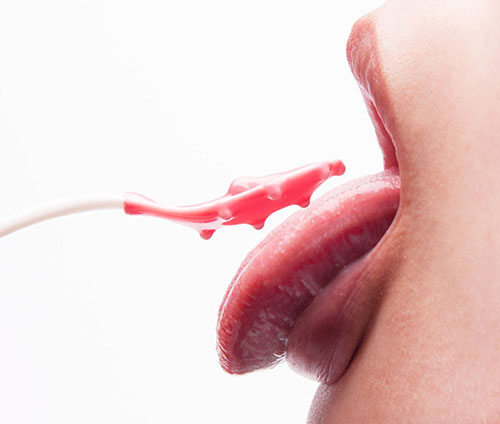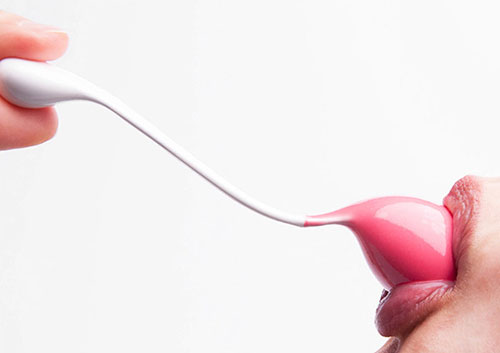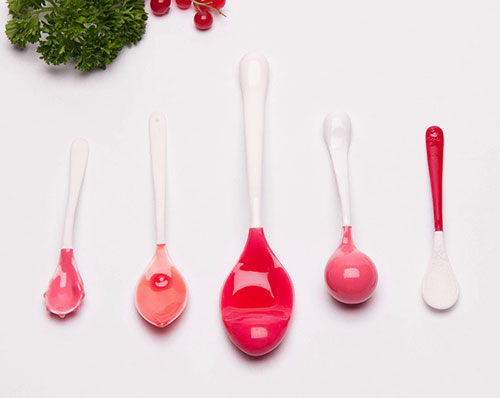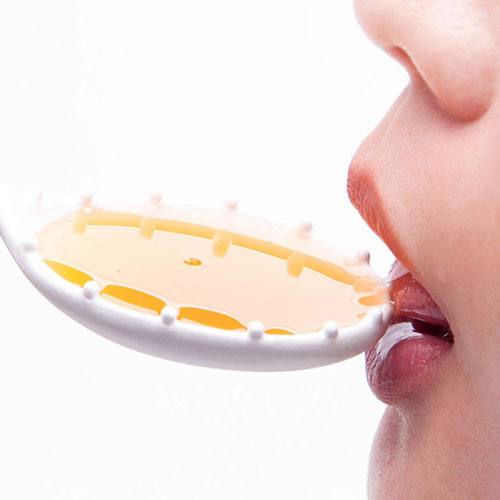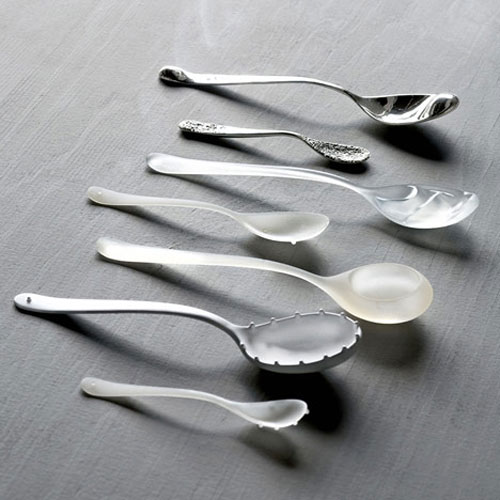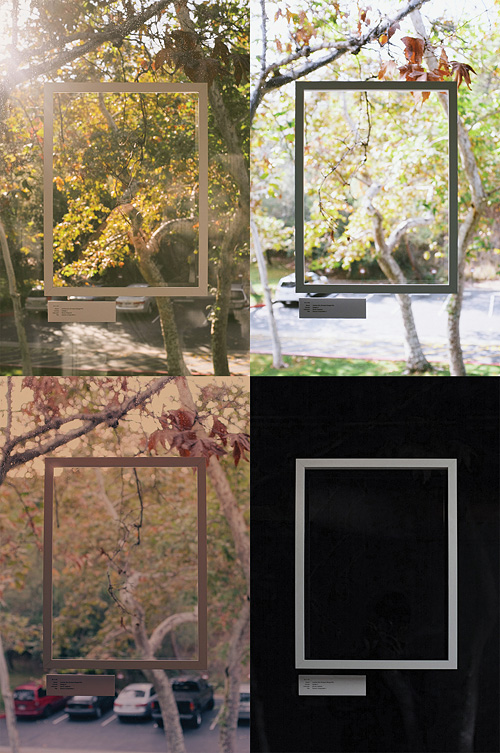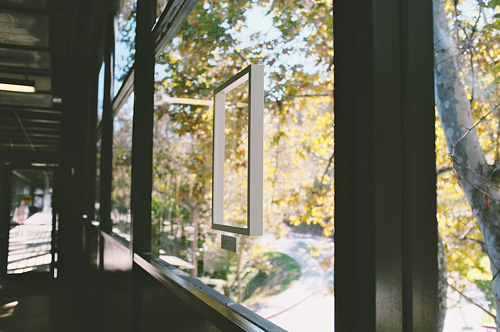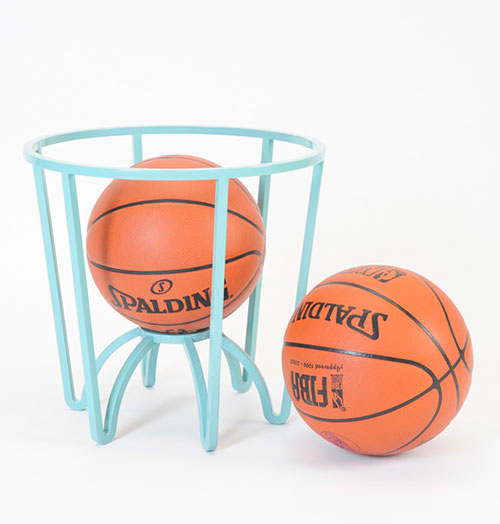
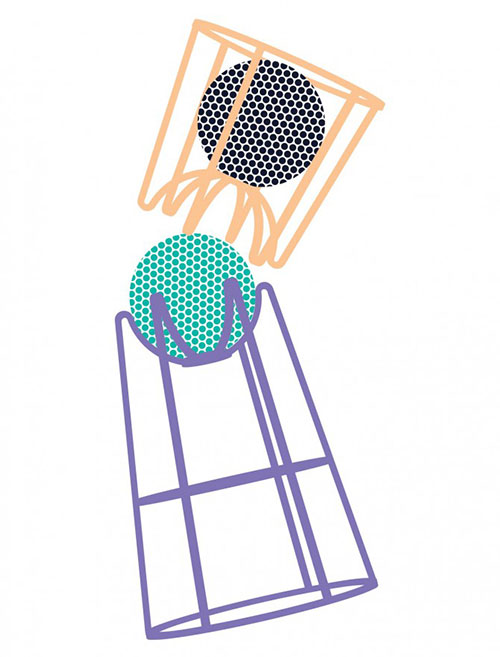
Bucket low
Taking the basketball hoop with an iconographical approach, Bucket is a versatile structure – by flipping upside down, it can be used as a stool, a ball storage, and a table base.
Having observed people’s subconscious tendency of sitting on balls while resting after the game, the steel-frame was designed to playfully exaggerate this action of taking for granted. When the ball is placed on top, the structure becomes a playful, yet ergonomic stool.
Bucket also comes in a taller size for the bar stool, a taller storage, and a taller table base.
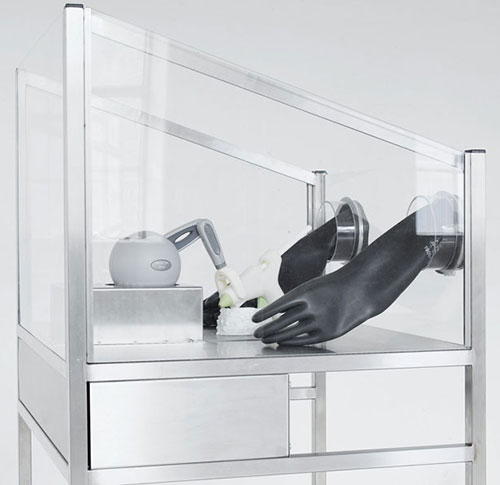
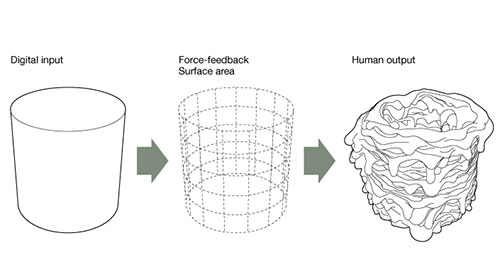
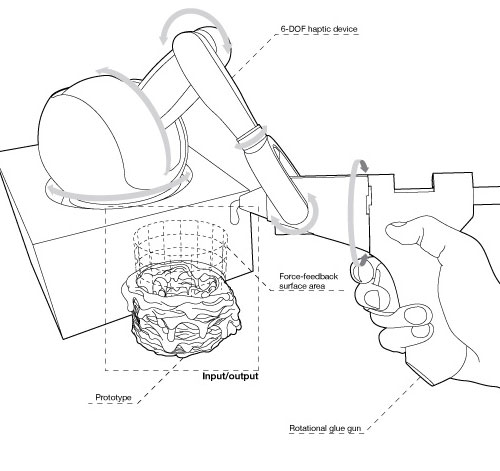
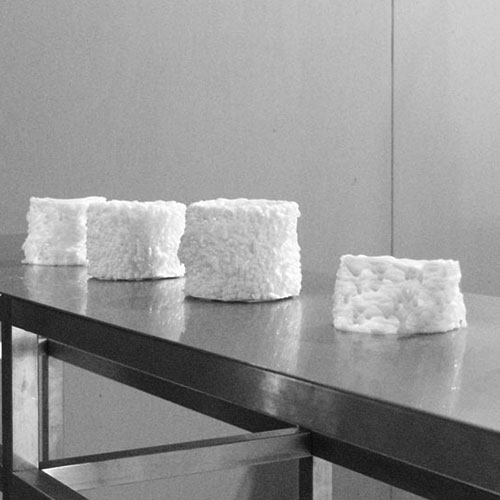
Haptic Intelligentsia
Bringing Craftsmanship Into a Computerized Technology
HAPTIC INTELLIGENTSIA is a human 3D printing machine that allows the user to tactually perceive the virtual object and to directly transform it into the physical. The user can freely move the extruding gun, which is attached to a haptic interface. When the tip of the gun is moved into a surface region of the virtual object, the interface generates forces under computer control, allowing the user to feel and touch the surface of the object. Without looking at the computer screen, the only way to visualize the virtual object is to pull the trigger and extrude the material along the feedback surface. The results are always unique and different, depending on how each user responds to the machine’s guidance. The sense of touch is no longer present in our current screen-based interface. HAPTIC INTELLIGENTSIA humanizes the 3D printing process, bringing the user a tactile relationship to the virtual object.
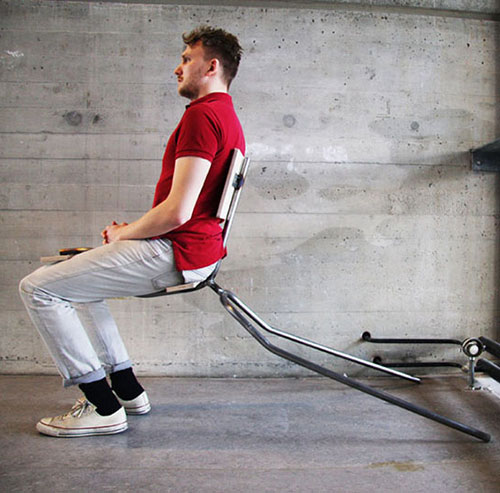
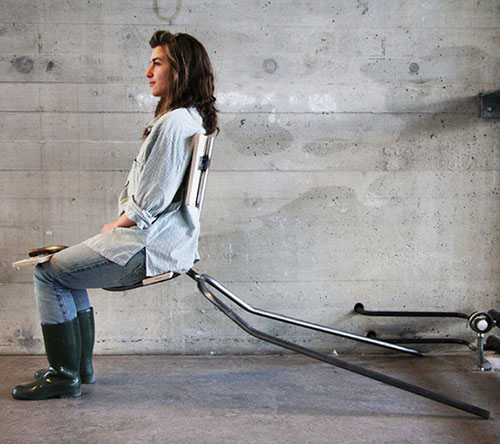
Symbiotic Chair.
A chair that requires symbiosis between the user and the object itself. The user must balance with their legs to sit down and the chair is obsolete without the user’s presence.
As the user sits down, the weight put on the seat counterbalances directly onto their legs. This mutual dependency allows the user to feel empathy for the chair in a most tangible, physical way.
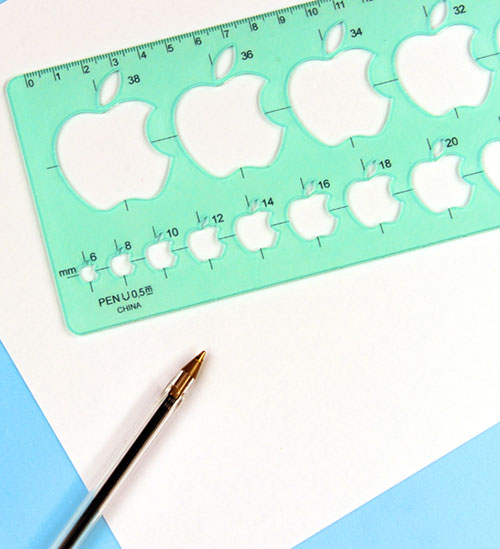
Template Ruler. 2012. Laser cut acrylic sheet with UV print, 9 1/2″ x 3 11/16″ (24 x 9.3 cm). edition of 10
With a template ruler, consisting of the Apple Inc. logo in different sizes, I investigate the underlying problem of litigation among global corporations.
Nowadays, it is not difficult to read or hear about the exhausting lawsuits between apple and samsung. Filing similar federal complaints in different courts, Apple won the battle in some countries, but lost in others. While many people are busy favoring one company and criticizing its rival, I rather focused on the ambiguity of the current intellectual property system. The template ruler literally manifests an action of copying, showing how easy it appears to infringe on a copyright.
Just simply trace a logo on anything that you want to turn into an ‘iAnything’.
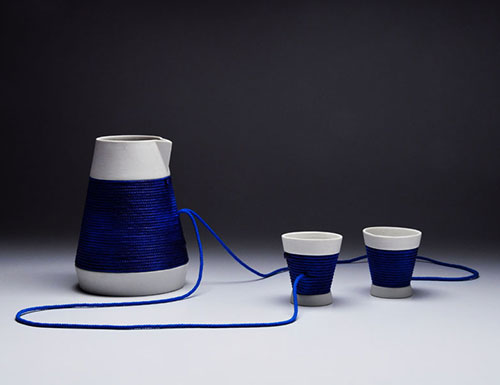
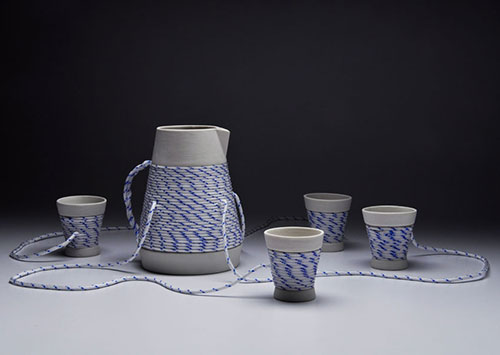
Drink Link
Sharing through Tea and Conversation
DRINK LINK tea set is an exploration of the way we socialize and share around the table. Inspired by traditional tableware, the sets consist of a teapot connected to its cups literally linking each person to one another. Synthetic rope is wrapped around the vessels and hardened through a heating process, while still maintaining flexibility in the linkages to the cups. This arrangement encourages individuals to stay within a certain distance of one another, sharing in drink and conversation.
Homunculus : A representation of a human being, used to illustrate physiological, psychological, or other abstract human characteristics or functions.
Joong Han Lee, founder of Studio Homunculus, is a global nomad. Born and raised in Seoul, he then moved to the US. After living in the Pacific Northwest, he studied Interactive Product Design at Otis College of Art and Design, in Los Angeles, California. He now resides in the Netherlands, where he recently graduated from the Masters in Contextual Design at the Design Academy Eindhoven in 2011. Studio Homunculus reflects human nature, in both the present and the future. The studio takes a human-centered approach to provoke a dialogue related to human behavior, psychology, and technology. Its work ranges from products and spaces to interactive experiences and systems, by questioning the essence of our daily surroundings and their semantics.
Studio Homunculus

